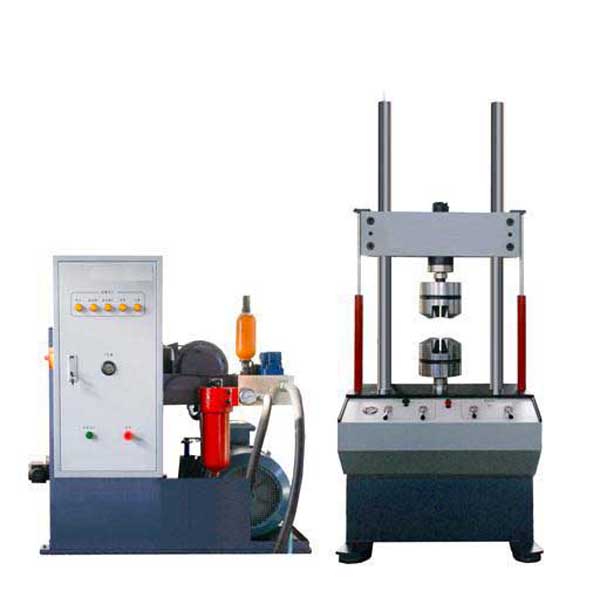Why need test the leaf spring?
In industrial production, leaf springs, as an important elastic component, are widely used in various mechanical devices. However, with the increase in usage time, steel plate springs can experience fatigue damage, which, in severe cases, can lead to fracture, causing significant impacts on production.
Detecting the fatigue life of steel plate leaf springs is a very important task in industrial production. By testing and assessing the fatigue life of steel plate springs, fatigue damage can be detected in a timely manner, allowing for appropriate measures to be taken for maintenance or replacement, thus ensuring the normal operation of the mechanical equipment. At the same time, by optimizing design, selecting high-quality materials, and strengthening maintenance, the anti-fatigue performance of steel plate springs can also be improved, extending their service life.
The fatigue life of a steel plate spring refers to the time it can maintain its original elasticity and function after undergoing a certain number of cyclic loads under specific working conditions. If a steel plate spring experiences fatigue damage during use, it can lead to a decrease in elasticity or even fracture, affecting the normal operation of the mechanical devices. Therefore, testing the fatigue life of steel plate springs can help detect fatigue damage in a timely manner, enabling appropriate maintenance or replacement measures to be taken, thus ensuring the normal operation of the mechanical equipment.
How to test a leaft spring fatigue performance?
1. Test preparation stage
Sample selection: 3-5 samples are randomly selected from the same batch of leaf springs to ensure that their size and material properties meet the standards (such as GB/T 16947). The initial parameters (free length, diameter, stiffness) should be recorded, and the surface oil burrs should be removed to avoid stress concentration.
Equipment debugging: Use a tension pressure fatigue testing machine to calibrate the load cell (accuracy ±1%) and displacement measurement device. When installing the sample, it is necessary to ensure that the gripper is evenly stressed to avoid bias.
2. Test parameter setting
Load setting
Type: Simulate the actual working conditions to choose tension and compression fatigue (such as suspension springs) or bending fatigue.
Stress range: Set the maximum stress (such as 1200MPa) and stress amplitude (such as 400MPa) according to the design standard.
Stress ratio (R): Symmetrical cycle (R=-1) or pulsating cycle (R=0.1) is commonly used.
Cycle parameters
Frequency: 1-20Hz (avoid heat generation or data distortion caused by resonance).
Number of cycles: The target value is usually ≥ 1 million cycles (e.g., leaf springs for high-end commercial vehicles).
Core parameters | Typical values |
Loading frequency | 5-20Hz |
stress amplitude | 400MPa |
Failure deformation threshold | Free length change≥2% |
3. Test implementation and monitoring
3.1, Start test: Real-time collection of load, displacement and cycle times (acquisition frequency ≥ 100Hz) to monitor spring deformation and energy loss.
3.2, Termination conditions:
leaf springs break or have visible cracks;
plastic deformation exceeds the limit (such as free length change ≥2%);
Stiffness attenuation ≥ 10%.
4. Result analysis and evaluation
4.1 Data processing The number of failure cycles is counted, the S-N curve (stress-life curve) is plotted, and the average life, reliability and other indicators are calculated.
4.2 Performance evaluation Compare international standards (such as Mercedes-Benz truck 300,000 times) to determine whether the standards are met and put forward process improvement suggestions (such as optimizing shot peening and strengthening processes).
What testing equipment used?
Beijing United Test Co.,Ltd. export@unitedtest.com offer the testing equipment of truck, bus leaf spring fatigue test. Contact us now : export@unitedtest.com, unitedtest@hotmail.com












